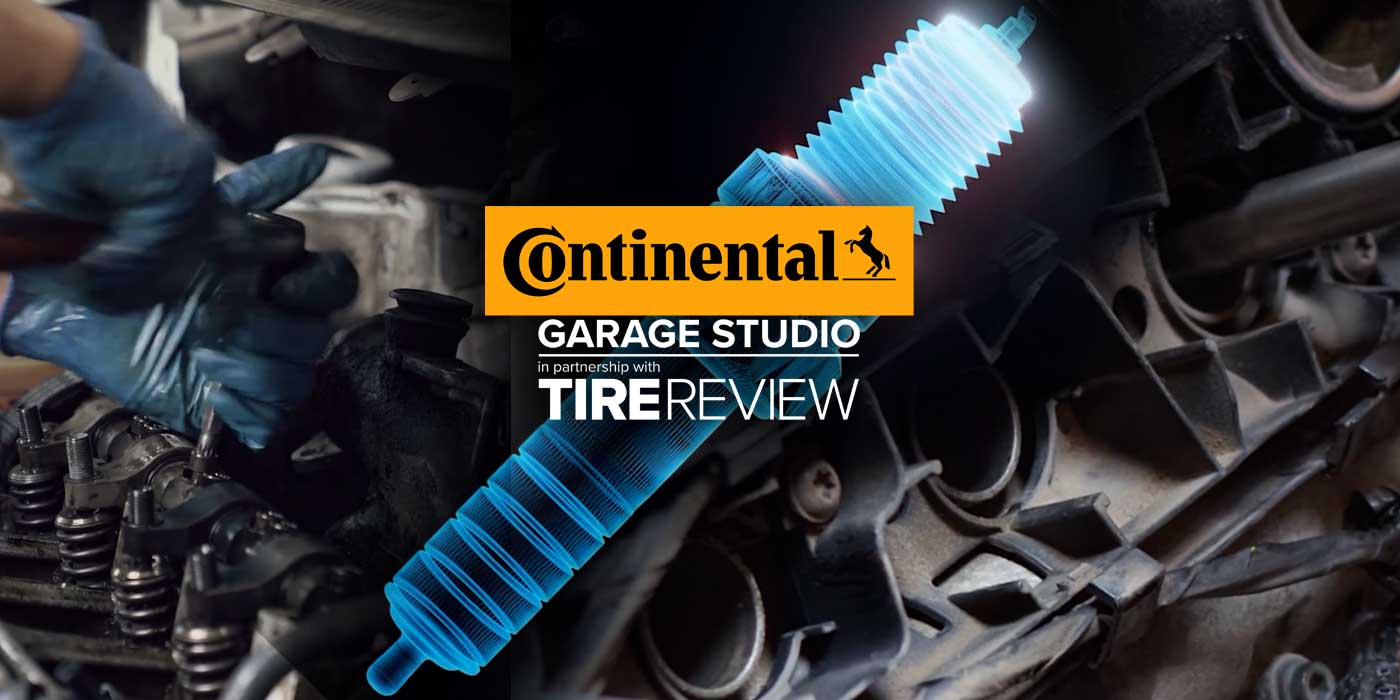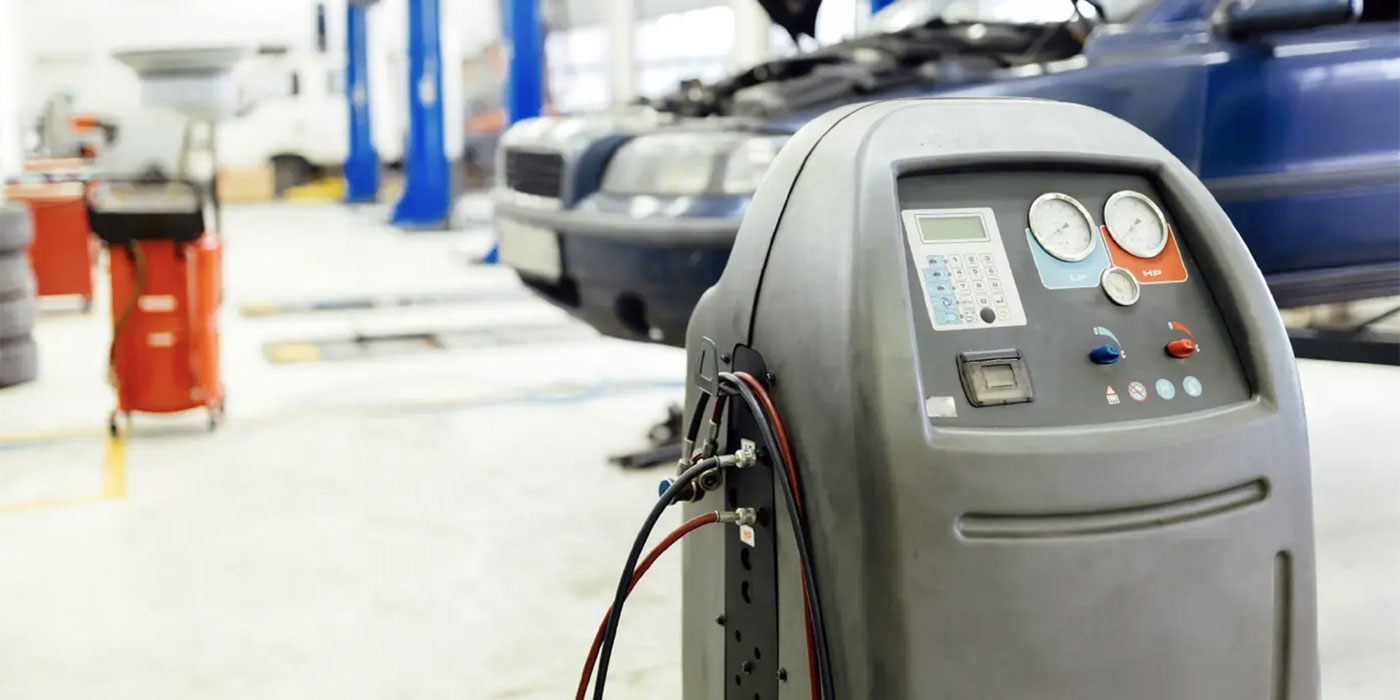Cars keep getting smarter and safer all the time. First-generation air bags were essentially "dumb" devices that deployed in an accident to protect the driver and front seat passenger. When the bags proved to be too powerful and potentially lethal to children and small adults, second-generation "smart" air bags were introduced that adjusted their deployment force based on the weight of the occupants.
Since then, side air bags and rear seat air bags have been added to many vehicles for additional protection. Many of these air bags are designed not to deploy in an accident if a seat is unoccupied to reduce repair costs following an accident.
Air bags have saved many lives and prevented many serious injuries. But they do nothing to actively prevent accidents. That’s where many of today’s next-generation active safety systems come into play.
ABS, Stability Control and Active Safety
Anti-lock brakes are similar to air bags in that something else has to happen first before they can do anything. When a driver steps on the brakes, the ABS system compares the readings from the wheel speed sensors to see if any of the wheels are starting to lock up and skid.
If the ABS system detects a loss of traction at any wheel, it cycles hydraulic pressure in that brake circuit until traction is regained or the vehicle comes to a stop. This allows the driver to maintain steering control and avoid skidding. But the ABS system can’t help the driver if the driver is not applying the brakes. That makes ABS a “passive” safety system.
Stability control transforms ABS into an active system by ratcheting safety technology up a notch. By adding some extra sensors (a steering angle sensor and a roll/yaw sensor), extra software and extra solenoids to the ABS system, stability control adds the ability to monitor wheel traction and vehicle dynamics while the vehicle is being driven. It’s an active safety system because it requires no driver input, and it is on and ready to respond all the time, whether the vehicle is braking, accelerating, turning or changing lanes.
If the stability control system detects any changes in handling or body attitude that could cause the vehicle to swerve out of control or potentially roll over, it applies counter braking to individual wheels to help maintain steering control and stability. This improves handling as well as driving safety, especially on SUVs with a high center of gravity. But it can’t overcome the laws of physics or compensate for idiotic driving.
Adaptive Cruise Control
Though most people think cruise control is more of a convenience option than a safety feature, next generation adaptive cruise control systems are combining both. Conventional cruise control systems simply maintain a preset speed. The driver presses a button to set the speed, and a servo or actuator on the throttle linkage maintains that speed until the driver steps on the brake, changes the speed setting up or down, or disengages the cruise control.
Adaptive cruise control, by comparison, is a “smart” system that actively maintains a preset distance between vehicles rather than a preset speed. A laser or radar range finder sensor in the front of the vehicle measures the distance to the vehicle ahead.
The driver then selects a distance that suits the driving conditions, and the system automatically maintains that distance as traffic speeds up and slows down. This makes adaptive cruise control much better than conventional cruise control for driving in heavy traffic, and it reduces the risk of rear-ending another vehicle if the driver isn’t paying attention.
Laser-based systems require a clear field of vision for accurate range finding, so the laser must be mounted in the grille or behind the windshield (which provides additional protection against dirt and moisture). Radar-based systems, by comparison, are more expensive, but can be mounted behind plastic bumper covers and are unaffected by dirt or weather conditions.
Adaptive cruise control is more complicated and a lot more expensive than conventional cruise control because of the added range-finding sensor(s), which add hundreds of dollars to the cost of the system. That’s why adaptive cruise control was first offered only on high-end Asian and European luxury models like Audi, BMW, Infiniti, Jaguar, Lexus, Mercedes and Volvo. But as time goes on and costs come down, you’ll find it on a growing number of import and domestic vehicles alike.
The adaptive cruise control module (which may be its own separate module or integrated into the body control module) interacts not only with the throttle, but also the brake system to speed up or slow down the vehicle as needed. This requires a lot of two-way communication, data sharing and feedback via the vehicle’s controller area network system. The active cruise control module needs inputs from its range finder sensor as well as vehicle speed, throttle position and braking status so it can calculate and maintain the proper following distance.
Consequently, if there are any communication faults on the CAN bus, or the vehicle has lost input from a key sensor such as the laser or radar range finder, the vehicle speed sensor or throttle position sensor, the system can’t function. The same is true if it can’t communicate with the throttle control system and brakes to regulate vehicle speed. Any of these faults should set one or more codes and make adaptive cruise control unavailable until the problem has been diagnosed and repaired.
Diagnostics currently require a factory scan tool and software to run system self-tests and to check the range finder’s inputs. Replacement modules and range sensors are currently dealer-only parts, but that will likely change as time goes on and these systems become more common.
Lane Departure Systems
Lane Departure Warning systems are designed to reduce the risk of distracted, impaired or sleepy drivers from running off the road or drifting out of their lane and into other vehicles or obstacles. A lane departure warning system typically uses a camera and optical recognition software to identify where a vehicle is with respect to its traffic lane on a highway.
The camera is usually mounted high in the windshield behind the rearview mirror so it can scan the road ahead. The software looks for lines that indicate the side of the road and/or the painted centerline or lane markings on the road. It then monitors where the vehicle is with respect to the edge of the road and/or lane markings, and warns the driver if the vehicle deviates from its intended course.
If the vehicle starts to wander or drift to one side or the other, or the vehicle changes lanes without the driver using the turn signal indicator, it sounds an audible and visual warning. Until you get used to this feature, it can be rather annoying. But the intention is to make people better drivers by paying attention.
Collision Reduction
If a vehicle’s brakes can be applied prior to hitting another vehicle or an object, it may prevent a collision from happening altogether, or at least reduce the severity of the impact if it fails to stop in time. That’s the basic idea behind collision mitigation braking. The vehicle has a semi-automatic braking system that monitors the road ahead, and applies the brakes if the driver fails to react in time.
The earliest versions of these systems are kind of half-hearted in their approach to braking. They warn the driver if the vehicle is approaching another vehicle from behind too quickly. The system then lightly preloads the brakes to reduce the reaction time and stopping distance once the brakes are applied. If the driver fails to react in time, the system finally applies partial braking (about 40% of full braking force) to slow the vehicle and reduce the severity of the impact.
At the same time, the system may trigger the seat belt retractors to pull the slack out of the seat belts.
Until this year, carmakers have been reluctant to make these braking systems fully automatic so the vehicle comes to a complete stop. The obstacle has been legal concerns over liability. The lawyers apparently have more say-so than the engineers over how these systems are designed to operate because they fear fully “automatic” braking systems will shift the responsibility of avoiding an accident from the vehicle’s driver to the vehicle’s manufacturer.
Volvo, however, has taken a more bold approach and now offers the first fully automatic braking system – but for speeds up to only about 10 miles per hour.
The “City Safety” braking system on the 2010 Volvo XC60 uses an infrared laser camera mounted behind the windshield to monitor the road ahead. The camera is also used for adaptive cruise control and lane departure warning. It looks for reflective surfaces such as the taillights of another vehicle to identify obstacles and calculate the distance to that vehicle. But the camera does not detect pedestrians, dogs, animals or other objects that do not have a well-defined reflective surface.
If the City Safety system determines the rate of closure may result in an accident, like other systems it flashes an audible and visual warning to the driver. It also preloads the brakes in anticipation the brakes will be applied. If the driver fails to react in time, the system takes over and automatically hits the brakes, stopping the vehicle before it hits the vehicle ahead of it.
At speeds from 10 mph to 18 mph, City Safety braking works like other collision mitigation braking systems. It applies only partial braking to reduce the severity of the impact rather than bringing the vehicle to a complete stop. At speeds above 18 mph, the system does not intervene, apparently a concession to the corporate lawyers.













